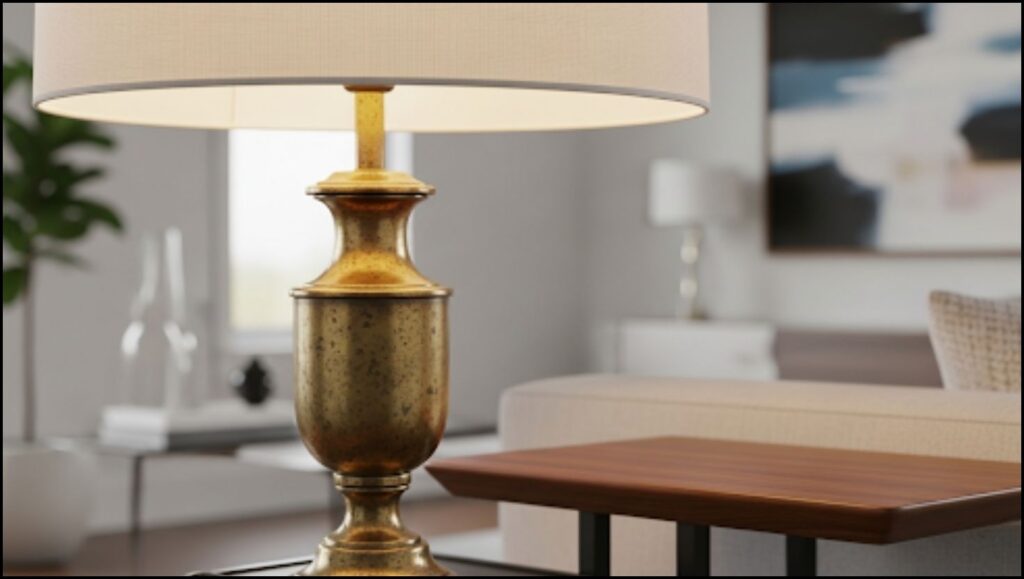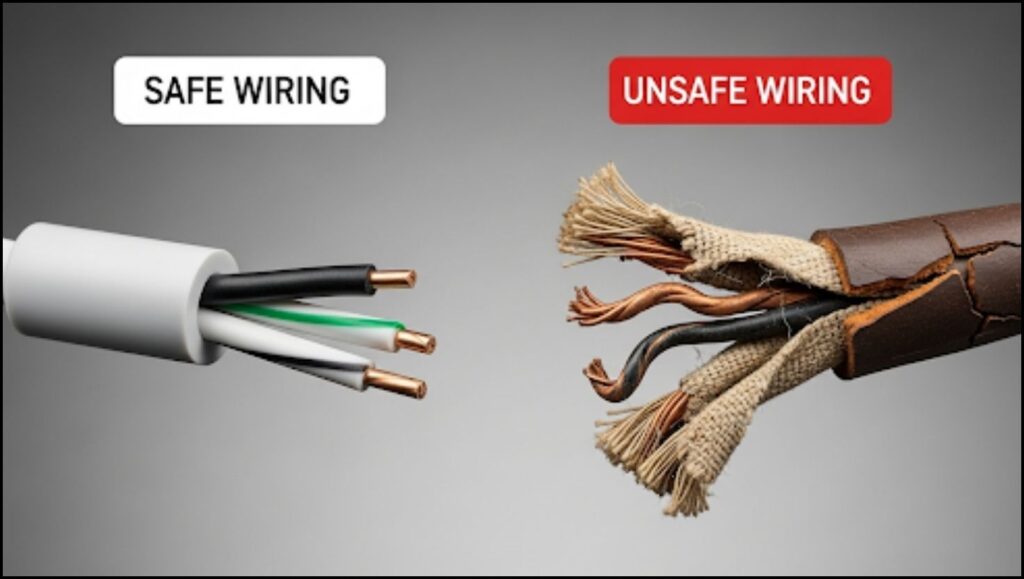
The appeal of vintage and antique home decor has fueled a surging interest in thrift store shopping, particularly for unique lighting fixtures. While a vintage lamp can add a distinctive character to a home, it often comes with a hidden risk: outdated and potentially hazardous wiring. Understanding how to assess and safely install a secondhand lamp is crucial for both style and safety.
The Allure of Vintage Lighting and the Hidden Dangers
The increasing popularity of “thrifting,” or shopping for used goods, has made finding unique, affordable home furnishings easier than ever. Among the most sought-after items are vintage lamps, which offer a connection to the past and a distinctive aesthetic that mass-produced items often lack. However, unlike a piece of furniture or a decorative vase, a lamp is an electrical appliance. This distinction means that its internal components, specifically the wiring, must be scrutinized for safety.
According to a 2023 report from the National Fire Protection Association (NFPA), faulty electrical distribution and lighting equipment were the second leading cause of home structure fires. While the report does not isolate vintage lamps specifically, it underscores the broader risks associated with old or improperly installed electrical components. A lamps’s wiring, switch, and plug are all potential points of failure that can lead to electrical shock or fire if not properly maintained or replaced.
What to Look for When Buying a Vintage Lamp
When a lamp catches your eye on a thrift store shelf, a thorough inspection is the first and most critical step. The visual appeal should be secondary to the condition of its electrical components.
Inspecting the Wiring and Plug
Begin by examining the power cord. Look for signs of wear such as fraying, cracks, or brittle insulation, which are common in older cords. A cord with exposed wires is an immediate red flag and should be avoided. The plug itself should also be inspected. It’s often a two-prong, unpolarized plug on older lamps. While these can still function, they lack the third, grounded prong that provides an additional layer of protection against electrical surges. A severely bent, loose, or damaged plug is another reason to pass on the lamp.

The Role of an Expert: When to Seek Professional Help
While a visual inspection can identify obvious issues, not all problems are visible to the naked eye. The internal wiring within the lamp’s base and neck, for example, can degrade over time. Tim Smith, a licensed electrician and owner of Smith Electrical Services in Austin, Texas, emphasizes the importance of professional evaluation. “Many older lamps were wired with cloth-covered cords or materials that are no longer up to code,” Smith said in a phone interview. “These materials can become brittle and pose a serious fire risk. If you are unsure about the condition of the wiring, the safest option is always to have a professional rewire it.”
Rewiring a lamp, also known as a lamp repair or restoration, involves replacing all the old electrical components—the cord, socket, and switch—with modern, UL-certified parts. This process not only makes the lamp safe but also extends its lifespan. The cost of rewiring a lamp can vary but typically ranges from $30 to $75, depending on the complexity of the fixture. This is a small investment for peace of mind and the ability to safely use a unique piece of home decor.
Step-by-Step Guide to Safely Installing Your Rewired Lamp
Even with a safely rewired lamp, proper installation and use are essential. The final steps of bringing your thrifted find into your home require careful attention.
Choosing the Right Bulb
One of the most common mistakes is using the wrong light bulb. The lamp socket and fixture are rated to handle a maximum wattage. This information is usually printed on a sticker near the socket. Exceeding this limit can cause the socket to overheat, leading to a fire. Always use a bulb with a wattage at or below the recommended maximum. For older lamps, using energy-efficient LED light bulbs is a smart choice. They generate significantly less heat than traditional incandescent bulbs, reducing the risk of overheating.
Placement and Use
The placement of your newly installed vintage lamp is also a key safety consideration. Ensure the lamp is on a stable surface where it cannot be easily knocked over. Avoid placing it near flammable materials like curtains, bedding, or paper. The lamp’s cord should not be run under rugs or heavy furniture, as this can cause it to become pinched and damaged over time, creating a fire hazard.
A Sustainable and Stylish Choice, with Caution
Thrifting for vintage home decor is a sustainable and rewarding way to furnish a home. A unique, well-maintained vintage lamp can serve as a conversation piece and a functional work of art. However, the electrical nature of a lamp demands that its condition be the primary consideration. By carefully inspecting the wiring, investing in professional rewiring when necessary, and following proper installation guidelines, consumers can enjoy their thrifted treasures with confidence.
9 Things to Avoid at an Estate Sale, According to Expert Shoppers
